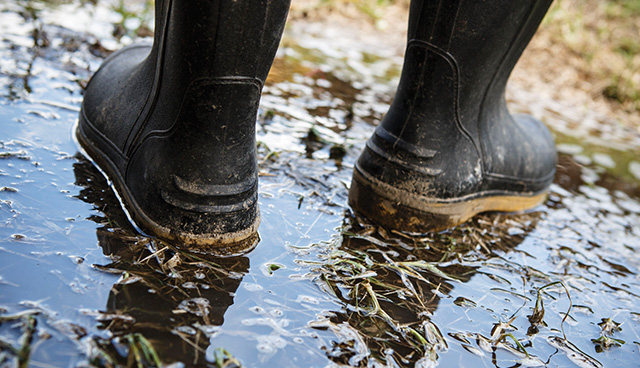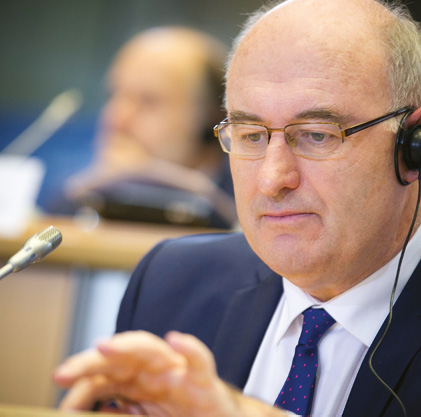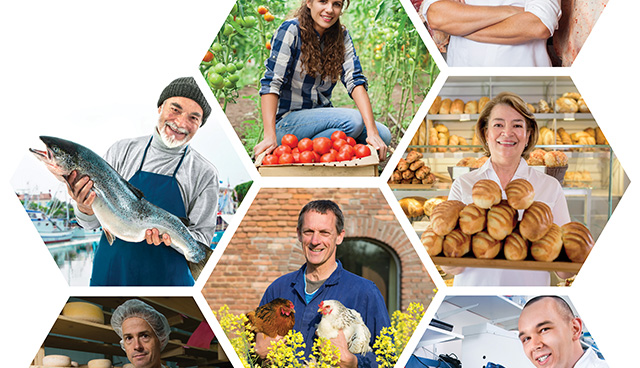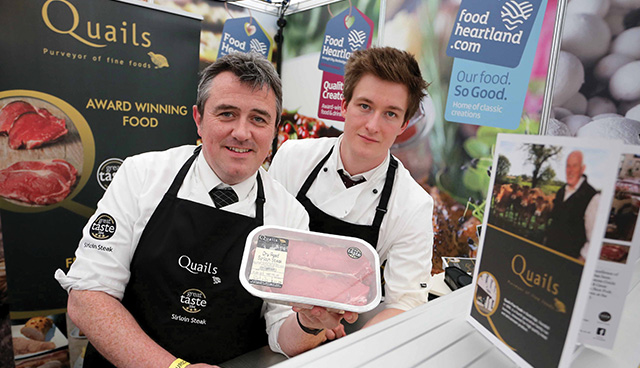Has the Common Agricultural Policy outlived its usefulness?

 Richard Halleron explores proposed changes to the Common Agricultural Policy (CAP) and questions the suitability of reforms in the face of Brexit.
Richard Halleron explores proposed changes to the Common Agricultural Policy (CAP) and questions the suitability of reforms in the face of Brexit.
The year ahead should see the next review of the Common Agricultural Policy (CAP) completed with its measures taking effect from 2020 onwards. The negotiations that will ensue over the coming months take place against the backdrop of Brexit and a growing demand from countries across the EU for a policy that is more flexible and less bureaucratic in nature.
The UK’s departure from the EU serves up the immediate challenge of future CAP funding levels. Up to now London has been green-lighting a €4 billion annual contribution into Brussels’ coffers. Obviously, this funding source is about to come to an end, leaving the European Commission with one of two options. Does it push to source more money from tax payers within the EU-27? Or does it tell agriculture and those other sectors depending on Brussels’ funding that they will have to get by with a smaller support budget.
All the farming organisations in the Republic of Ireland have already made it clear that they will not tolerate any financial cuts in EU support measures, arguing that such a development would have a direct and significant impact on farm income levels.
Meanwhile, Europe’s Commissioner for Agriculture and Rural Development Phil Hogan says that he wants to adapt the CAP to meet changing circumstances, not revolutionise it. During the latter part of 2017, he published two documents, which have a bearing on the impact of CAP at farm level, both now and into the future. His ‘omnibus’ measures addressed a number of issues pertaining to the simplification of the CAP, the ongoing recognition for an element of decision-making at member state level and further clarification of the payments that can be made to young farmers under the current CAP arrangements.
All these themes were further teased-out in Hogan’s CAP White Paper, which was published at the end of 2017. This document will form the formal backdrop for the formal CAP review discussions that will take place during the months ahead.
It’s worth noting the universal welcome for the recent adoption of the new CAP Omnibus Regulations by the European Parliament.
Let’s just hope now that all this positive sentiment can be converted into a tangible benefit for Irish farmers on the ground.
All the Irish farming organisations want action taken to ensure that only active farmers, in other words those actually producing food, are made eligible for the CAP’s Basic Payment Scheme into the future. Most commentators agree that time to root out back-hand rental deals, which allow land owners to secure support while, at the same time, doing very little to deserve it.
In fact, many now believe that the practice of taking land on an 11-month conacre agreement should be done away with entirely and formal land rental or leasing arrangements made mandatory in its place.
Providing opportunities for young farmers goes to the very heart of the CAP process. The last review saw the introduction of bespoke support payments for farmers under the age of 40, on the basis they could prove that they were ‘head of holding’.
The reality remains that more must be done to encourage greater numbers of young people into production agriculture. The average age of a farmer in Ireland today is 58 years-old: this is far too old.
To its credit, the Irish government has introduced tax changes which facilitate the transfer of agricultural land from one generation to the next. However it will take at least a couple of years to fully gauge if this gesture is helping to make the challenge of succession that little bit easier to grapple with within Irish farming families.
Most of the EU’s farm stakeholder organisations are claiming that Hogan’s proposed CAP measures will go a long way to reduce the amount of red tape confronting production agriculture. Everyone involved in farming supports this principle, but we need to see what the new CAP can really deliver in this regard.
The same principle also holds, where tackling market volatility is concerned. Farmers can only be expected to pay into insurance schemes at those times when they are making money. There is also an onus on the European Commission, the food processers and the EU’s supermarkets to make contributions in kind.
We now know that intervention will only be used as a safety net measure of last resort for the farming industry. It is also evident that Brussels is adept in making money from its intervention-related wheeling and dealing. Future profits generated from such activities must be pushed back in the direction of primary producers.
And, if Brussels is keen to establish some form of income protection scheme for farmers, courtesy of the next CAP review, then the bespoke fund that will be established should also be made the home of any earnings made by Brussels, courtesy of its market-related activities.
 EU Commissioner for Agriculture and Rural Development Phil Hogan
EU Commissioner for Agriculture and Rural Development Phil Hogan
We also need to see the future proofing of all the benefits delivered by the new Omnibus measures within the next CAP reform process and beyond. The recent CAP White Paper made no direct reference to the omnibus changes. So, it’s important for this latter point to be rectified as part of the conclusions reached in the upcoming review negotiations.
The other issue which the omnibus measures seem to skirt around is the power of the supermarkets. Farmers deserve a fair price for the food they produce. Again, it’s up to Brussels to ensure that such a basic requirement is built into all future CAP reform measures.
There’s little doubt that all the Irish farming organisations will be seeking a ring-fenced support measure, targeted at suckler cows. There is great concern that, unless steps of this nature are taken, beef cow numbers in Ireland could dwindle away to very low levels.
The reality is that suckling will always be an inherently inefficient business. The one cow: one calf scenario, which underpins the sector, is hardly the best starting point one could ever have wished to consider if it was simply a case of determining how to put a farm’s resource to best use.
Had this been the only criterion upon which the viability of Irish suckling was assessed, the entire industry would have been relegated to the history books years ago.
There is ample evidence to show that suckler cows deliver so many environmental and conservation-related benefits in upland areas. In addition, they constitute the back bone of Ireland’s quality beef output.
In other words, they are a special case. This must be reflected in the support payments made available to the sector.
Farmers in Northern Ireland should also pay very close attention to the next review of the CAP. There is every possibility that the UK will secure a two-year transition period, at least, when it comes to exiting the EU. This means that ongoing changes to the CAP will have a direct bearing on farm businesses north of the border.
There is also a very strong likelihood that a significant number of the changes agreed to the CAP will have to be mirrored in the UK, assuming London and Brussels strike a free trade deal as part of the final Brexit settlement.





